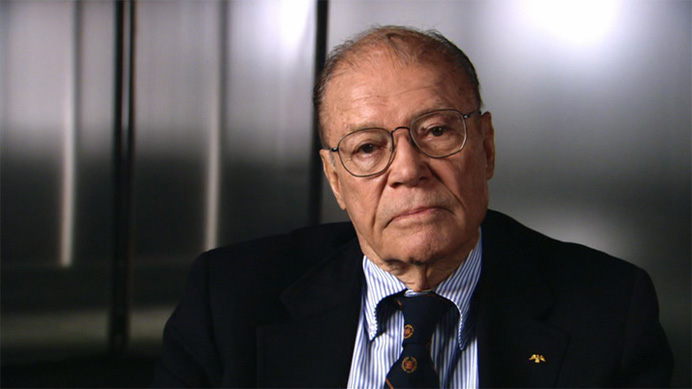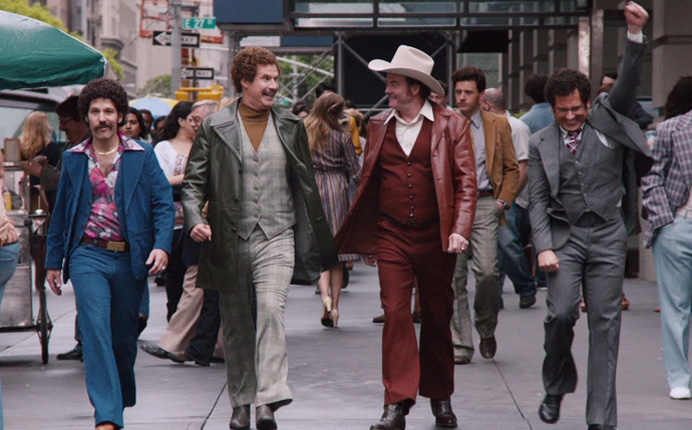
The Fog of War, one of the only movies that uses jump cuts well.
Jump cuts have always been fascinating to me. The entire idea of editing is fascinating, obviously. It’s this whole thing of, ‘How can we make this look fluid?’ ‘How will these compositions work together?’ There is even editing happening in a long sequence without cuts, because the composition is changing. Just think of the opening of Touch of Evil or Boogie Nights—there’s no actual editing, but the camera’s movement is editing as it goes along—it’s moving from one idea to another, and the varying compositions must fit together in a logical way. Think about that great shot in Raging Bull where we follow Jake out to the ring. There are no cuts, but the transition from intimate medium shot to huge, wide, crane shot is an editing choice within the same shot.
If you can intuit these principles naturally, you really have a leg up as a filmmaker. Kubrick, Tarantino, Scorsese, Aronofsky, Lee, Zemeckis, Spielberg, the Coens—whether you like their movies or not, these guys all have a handle on how to construct a scene. They have a handle on the principles.
Continue reading On the Proper and Improper Use of Jump Cuts



